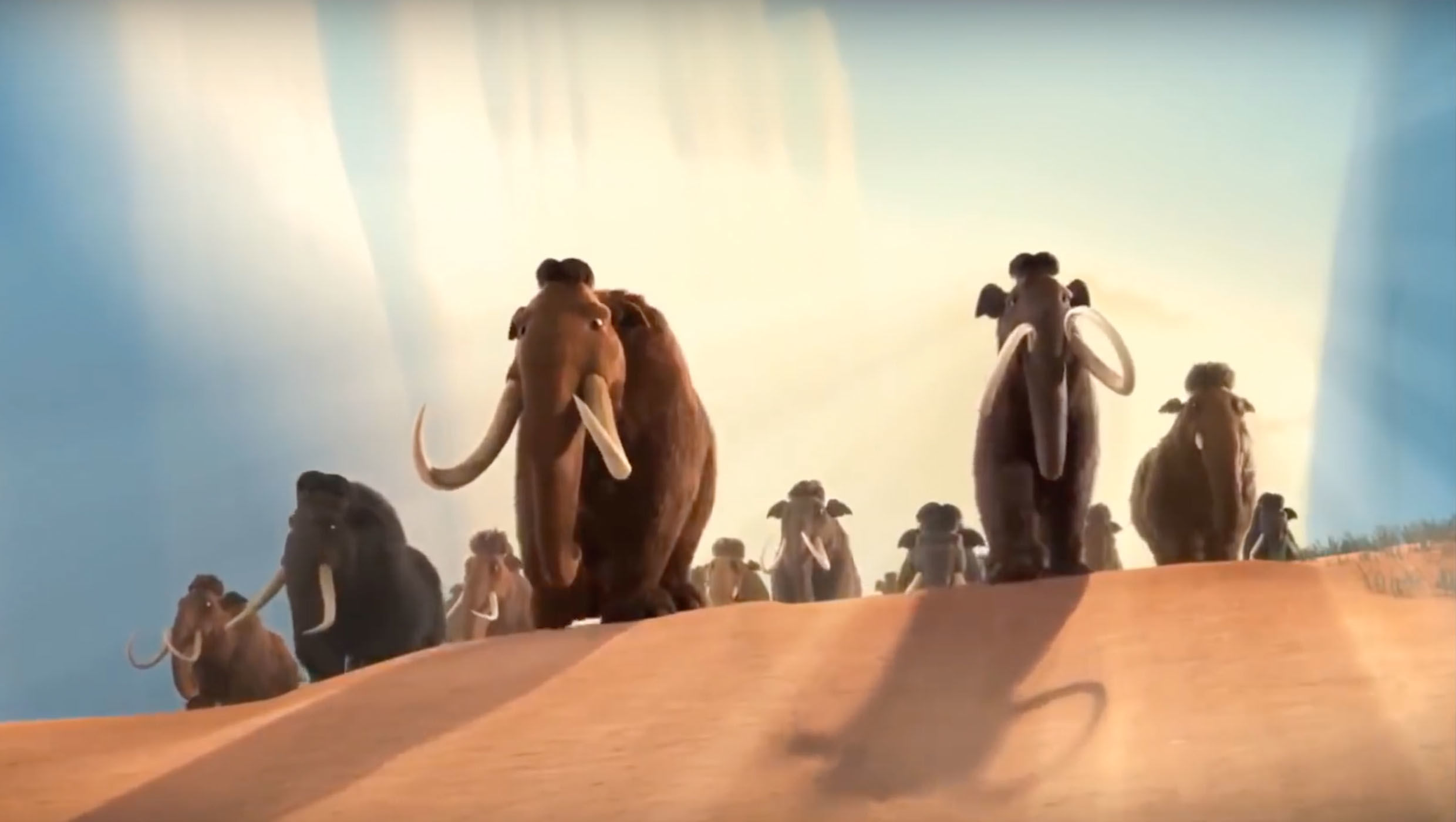Create a free profile to get unlimited access to exclusive videos, sweepstakes, and more!
Was defective DNA what really killed the mammoths?

We at least think we know what destroyed the dinosaurs—but have we also finally unearthed what murdered the last surviving mammoths as the Ice Age melted away?
Woolly mammoths stomped the Earth during the freezing Pleistocene era. What are believed to be the last mammoths anywhere on Earth went extinct about 4,000 years ago on a small island off the coast of Siberia. Dramatic shifts in climate that melted the late Pleistocene ice sheets, along with overhunting by early humans, were already causing their numbers to dwindle. Now, after studying the DNA from one mammoth that died on Wrangel Island, scientists have found that it was the mutated genes of this insular population that ultimately led to their demise.
“Wrangel Island mammoths experienced an episode of rapid demographic decline coincident with their isolation, leading to a small population [and] reduced genetic diversity,” said evolutionary biologist Vincent Lynch, an assistant professor of biological sciences at the University of Buffalo, in a study recently published in Genome Biology and Evolution.
Mammoths were essentially massive elephants in fur coats. They obviously didn’t take global warming too well, and it seems the last-ditch survival strategy of the Wrangel Island mammoths (which were actually a dwarf subspecies) was inbreeding. There simply weren’t enough of them to spread around diverse enough DNA. That, the scientists found, led to mutations that were detrimental to their health, development and reproduction. Male fertility plummeted, and some mammoths developed diabetes. These genes were so warped that they even affected the animals’ ability to pick up floral scents.
Mammuthus primigenius first emerged in sub-Saharan Africa some 3 to 4 million years ago. Woolly mammoths continued to evolve adaptations to the extreme cold of the Ice Age. The long winter that froze what was once a lush paradise for dinosaurs is believed to have been set off by ash from volcanoes that started spewing lava uncontrollably after the fatal asteroid strike that would obliterate the lizards. This ash blocked out sunlight and heat, creating a nuclear winter effect that froze out the cold-blooded reptiles, but gave surviving mammals the opportunity to adapt.
“We [found] that a Wrangel Island mammoth genome had many…mutations that are predicted to cause diverse behavioral and developmental defects,” Lynch said, adding that “These data suggest that at least one Wrangel Island mammoth may have suffered adverse consequences from reduced population size and isolation.”
Unfortunately, this is not an isolated incident. Inbreeding among animal populations that have plummeted is something that still threatens many endangered species. New Zealand’s nocturnal flightless parrot, the kakapo, is a living example of how the last remaining stragglers of a population could breed themselves to extinction after being hunted to the edge of extinction. Kakapo already have trouble finding mates. With only 147 adults left, the gene pool is also extremely limited. Many eggs laid never hatch. Sometimes, chicks that do hatch only survive a few days.
Kakapo have an advantage that the woolly mammoth never did. With advancements in science that didn’t exist during the Stone Age, scientists have been able to sequence the entire kakapo genome, which could be an assist breeding strategies to boost the population. Mammoths never had that chance.
Maybe they could if we brought them back from the dead.
(via University of Buffalo/Genome Biology and Evolution)














